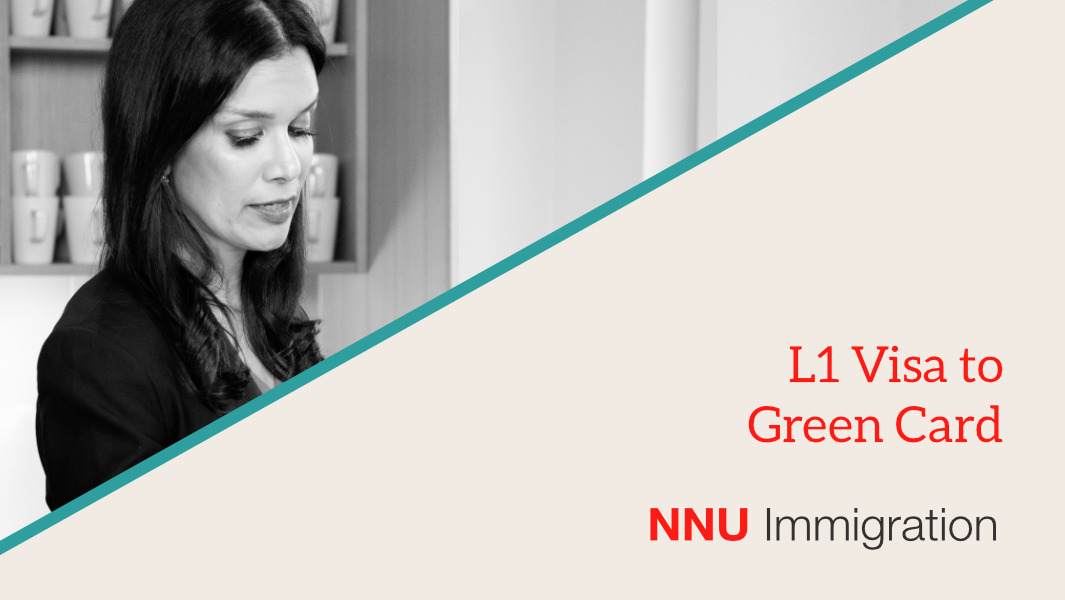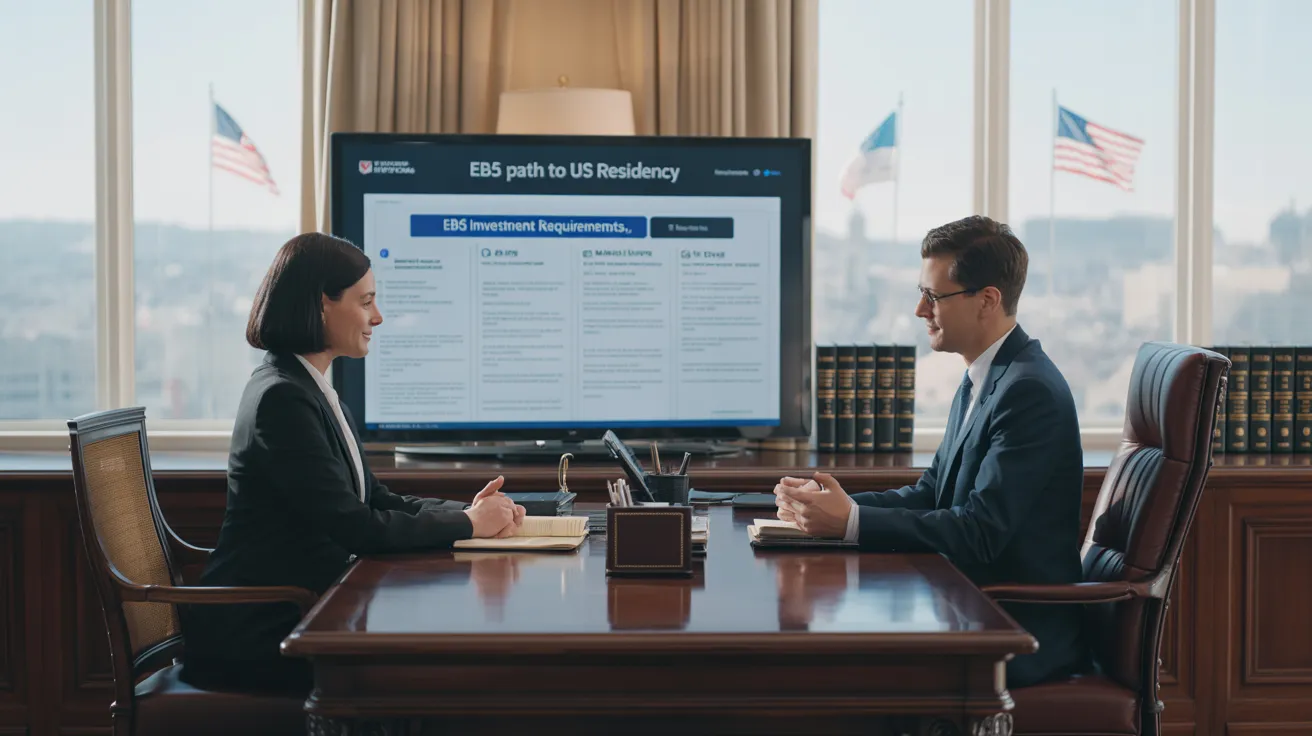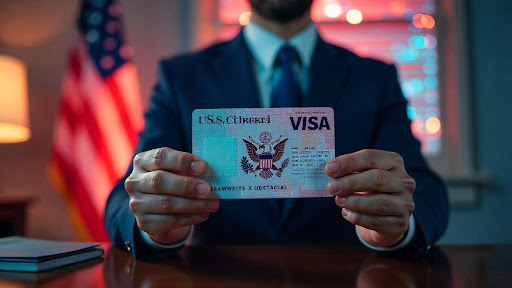The 9-Second Trick For L1 Visa
Table of ContentsL1 Visa Can Be Fun For AnyoneA Biased View of L1 VisaL1 Visa Can Be Fun For EveryoneL1 Visa Can Be Fun For AnyoneTop Guidelines Of L1 VisaThe Ultimate Guide To L1 Visa
Offered from ProQuest Dissertations & Theses Global; Social Science Costs Collection. (2074816399). (PDF). Congress. (PDF). DHS Workplace of the Examiner General. (PDF). (PDF). "Nonimmigrant Visa Data". Gotten 2023-03-26. Department of Homeland Safety And Security Workplace of the Inspector General, "Review of Susceptabilities and Possible Abuses of the L-1 Visa Program," "A Mainframe-Size Visa Technicality".
U.S. Division of State. Gotten 2023-02-08. Tamen, Joan Fleischer (August 10, 2013).
The Basic Principles Of L1 Visa
In order to be qualified for the L-1 visa, the international firm abroad where the Recipient was employed and the U.S. business have to have a qualifying connection at the time of the transfer. The various sorts of certifying relationships are: 1. Parent-Subsidiary: The Parent implies a company, company, or various other lawful entity which has subsidiaries that it possesses and regulates."Subsidiary" implies a company, company, or various other legal entity of which a parent has, directly or indirectly, even more than 50% of the entity, OR possesses less than 50% however has management control of the entity.
Example 1: Company A is integrated in France and employs the Beneficiary. Business B is incorporated in the U.S. and wants to petition the Recipient. Business An owns 100% of the shares of Business B.Company A is the Parent and Company B is a subsidiary. There is a qualifying relationship between the two firms and Company B ought to be able to sponsor the Recipient.
Instance 2: Business A is integrated in the united state and wants to request the Beneficiary. Firm B is integrated in Indonesia and employs the Beneficiary. Firm A has 40% of Business B. The remaining 60% is owned and managed by Business C, which has no relation to Business A.Since Firm A and B do not have a parent-subsidiary partnership, Business A can not fund the Beneficiary for L-1.
Business An owns 40% of Company B. The remaining 60% is owned by Firm C, which has no connection to Business A. Nonetheless, Company A, by formal arrangement, controls and complete handles Company B.Since Firm A possesses much less than 50% of Company B yet handles find out more and regulates the company, there is a qualifying parent-subsidiary partnership and Business A can fund the Recipient for L-1.
Not known Factual Statements About L1 Visa
Firm B is incorporated in the U.S.
The Greatest Guide To L1 Visa

The L-1 visa is an employment-based visa classification established by Congress in 1970, allowing multinational firms to transfer their managers, executives, or key personnel get started to their U.S. procedures. It is commonly referred to as the intracompany transferee visa. There are 2 major sorts of L-1 visas: L-1A and L-1B. These kinds appropriate for employees employed in different placements within a business.

Additionally, the recipient has to have operated in a supervisory, exec, or specialized staff member setting for one year within the three years preceding the L-1A application in the foreign firm. For new office applications, international work has to have remained in a supervisory or executive capacity if the recipient is pertaining to the USA to work as a supervisor or executive.
Some Known Questions About L1 Visa.

If given for a united state business operational for more than one year, the preliminary L-1B visa is for as much as three years and can be prolonged for an extra two years (L1 Visa). Alternatively, if the united state firm is recently established or has actually been operational for less than one year, the first L-1B visa is issued for one year, with extensions readily available in two-year increments
The L-1 visa is an employment-based visa classification developed by Congress in 1970, allowing international companies to move their managers, executives, or crucial personnel to their U.S. procedures. It is typically referred to as the intracompany transferee visa.
Rumored Buzz on L1 Visa
Furthermore, the beneficiary must have operated in a supervisory, executive, or specialized worker placement for one year within the 3 years coming before the L-1A application in the foreign company. For new workplace applications, international work needs to have remained in a supervisory or executive capability if the beneficiary is pertaining to the United States to function as a supervisor or executive.
for as much as 7 years to look after the operations of the U.S. associate as an exec or manager. If provided for a united state business that has actually been operational for greater than one year, the L-1A visa is originally approved for up to three years and can be extended in two-year increments.
If given for a united state business functional for greater than one year, the first L-1B visa is for approximately three years and can be prolonged for an extra 2 years. On the other hand, if the U.S. firm is freshly developed or has actually been functional for much less than one year, the preliminary L-1B visa is issued for one year, with expansions offered in two-year increments.